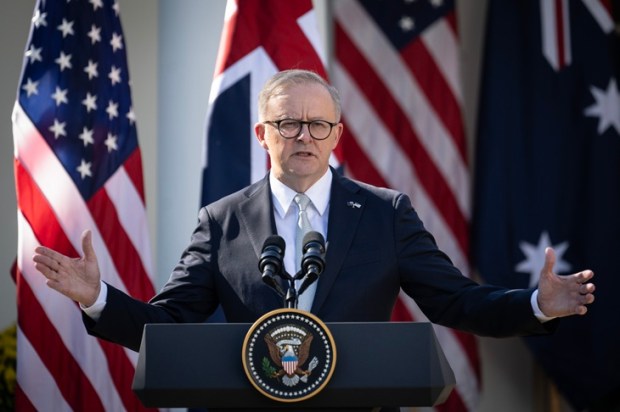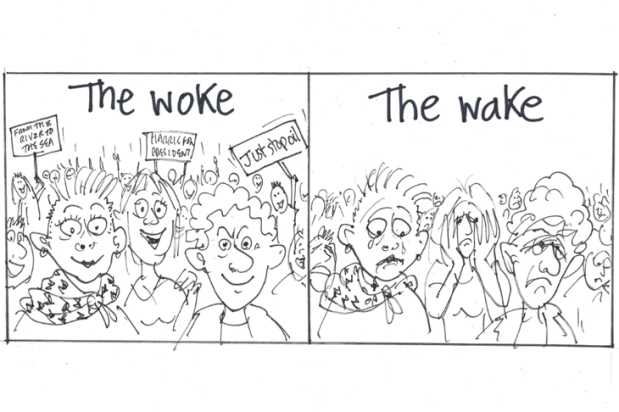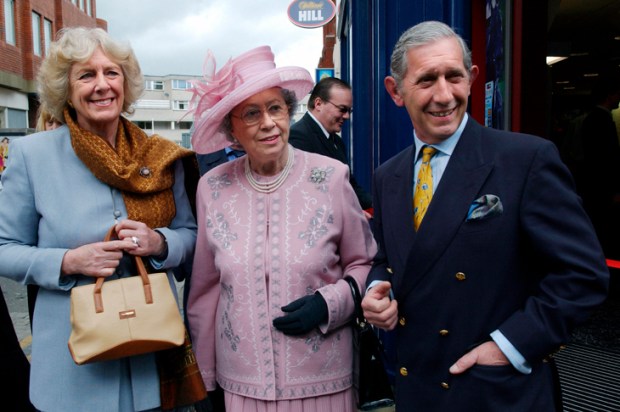An oft repeated argument for voting No to an Indigenous Voice is that it would be just the latest in a long line of Canberra bureaucracies which, however well intended and generously funded, have conspicuously failed to reduce the many socio-economic disparities we refer to as The Gap. Doing the same thing again and again but expecting a different result, say some No voters, is a form of madness. From which we can infer that they have never hitched a lift, or cast a fishing line, or said a prayer, for fear of being sectioned. Most Australians accept that the failure of our Constitution to recognise the existence of First Nations is an embarrassing oversight. Few would claim that the ’67 referendum, the Mabo case and Kevin Rudd’s apology really levelled the playing field. And few would not want to make the health, education, and employment prospects of Indigenous Australians in remote communities a bit more like those of non-Indigenous Australians. So the failure of other initiatives to deliver that outcome does not invalidate the project, and should not cue the simultaneous defenestration of baby and bathwater. But if the change Mr Albanese has bet his leadership on fails to get over the line it is hard to imagine one of his successors rushing to pick up the baton.
A rarely repeated argument for voting Yes to an Indigenous Voice is that we’ve had one before and it worked. To be more specific, and to quote the headline of a poster I saw in a certain Sydney CBD office precinct, ‘An Indigenous Voice may seem like a new idea in Canberra, but we had one 200 years ago in Barangaroo’. And it’s true. Soon after making landfall in what we now call Sydney Cove, First Fleet commander Arthur Phillip formed working relationships with Cammeraygal elders Bennelong and his wife Barangaroo, and the counsel they provided played a critical part in maintaining the relative peace of the early years of settlement. This wasn’t just smart on Phillips’ part; it was consistent with George III’s request that his representative deal courteously and respectfully with the new colony’s native population. It was the failure of Phillips’s successors to maintain such dialogues, as much as off-the-scale mission creep, which led to the marginalisation of the interests of First Nations people, and the inequity and oppression which followed.
If the referendum on the Voice is successful it will facilitate a referendum on Republicanism, and if that one is also successful Mr Albanese will find himself with an embarrassment of legacy riches. But however diverse a leader’s achievements, it is the prerogative of posterity to distil them to a singularity. Harold Holt may have presided over the abolition of the White Australia Policy, but today he is mainly remembered for his flagrant disregard for beach protocols. And despite introducing economic reforms which have benefitted all Australians, most people are thankful to John Howard for gun laws which have made little difference to our gun crime statistics. The public’s memory is as short as it is selective. Only a year ago Gladys Berejiklian was feted as the only state premier whose response to Covid was proportionate, and she was considered a modest woman who prioritised public service over private happiness. Now, thanks to a regulatory body which has been captured and weaponised by the Australian left as completely as the FBI has been captured and weaponised by the US left, she has been branded corrupt.
The last time Australia closed a Gap was in 2018, when the eponymous American fashion retailer shut its flagship Sydney store after only four years having discovered, as Starbucks discovered, that just because Australians like watching American TV shows doesn’t mean they want to be like the people in them. There is another Australian Gap which we cannot decide whether to close or keep open: the clifftop at Sydney’s South Head off which 50 people throw themselves each year. In Britain, ‘The gap’ is not something which needs closing, of course; it’s something which needs minding, being most commonly a reference to the space between platform and train on the London Underground. In the days when those spaces were often the width of a manhole, passengers who failed to heed the guard’s cheery ‘Mind the gap!’ risked serious injury. Why then, now that health and safety requirements have closed all those gaps to a few centimetres, are passengers still told to mind them? Because now they could lose something much more important than their legs; they could lose their smartphones.
Simon Collins has written advertisements for the Yes campaign


























